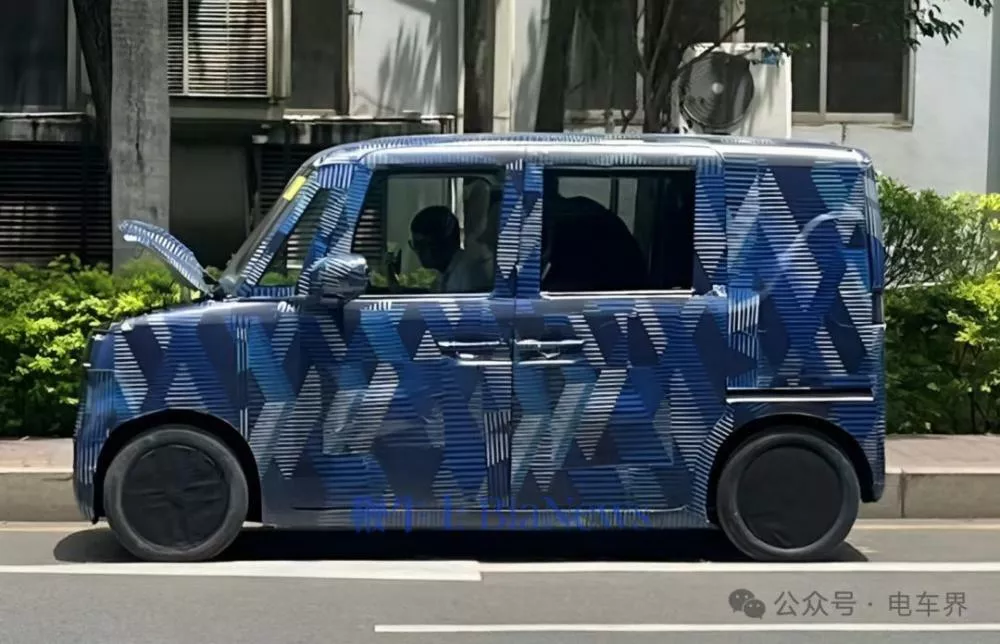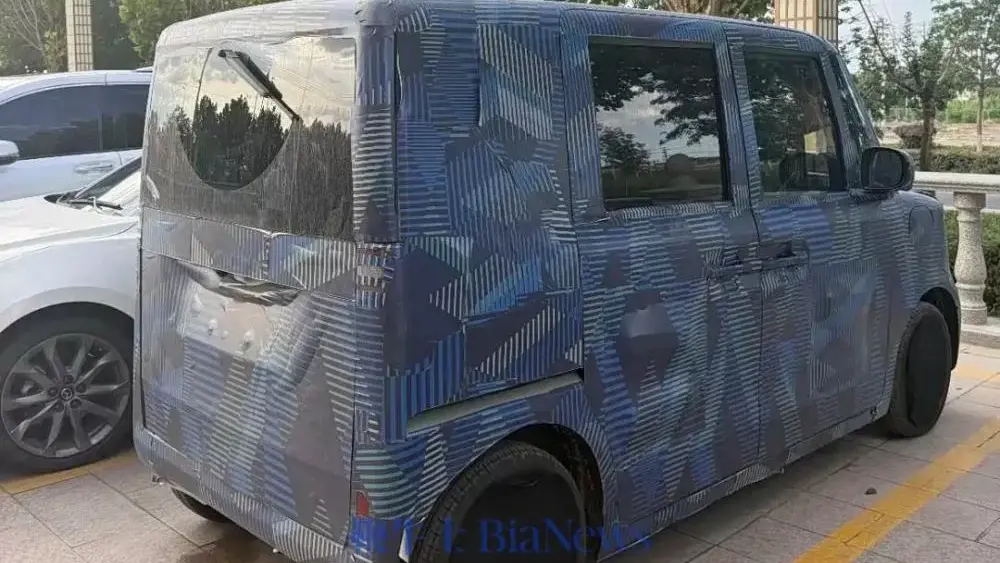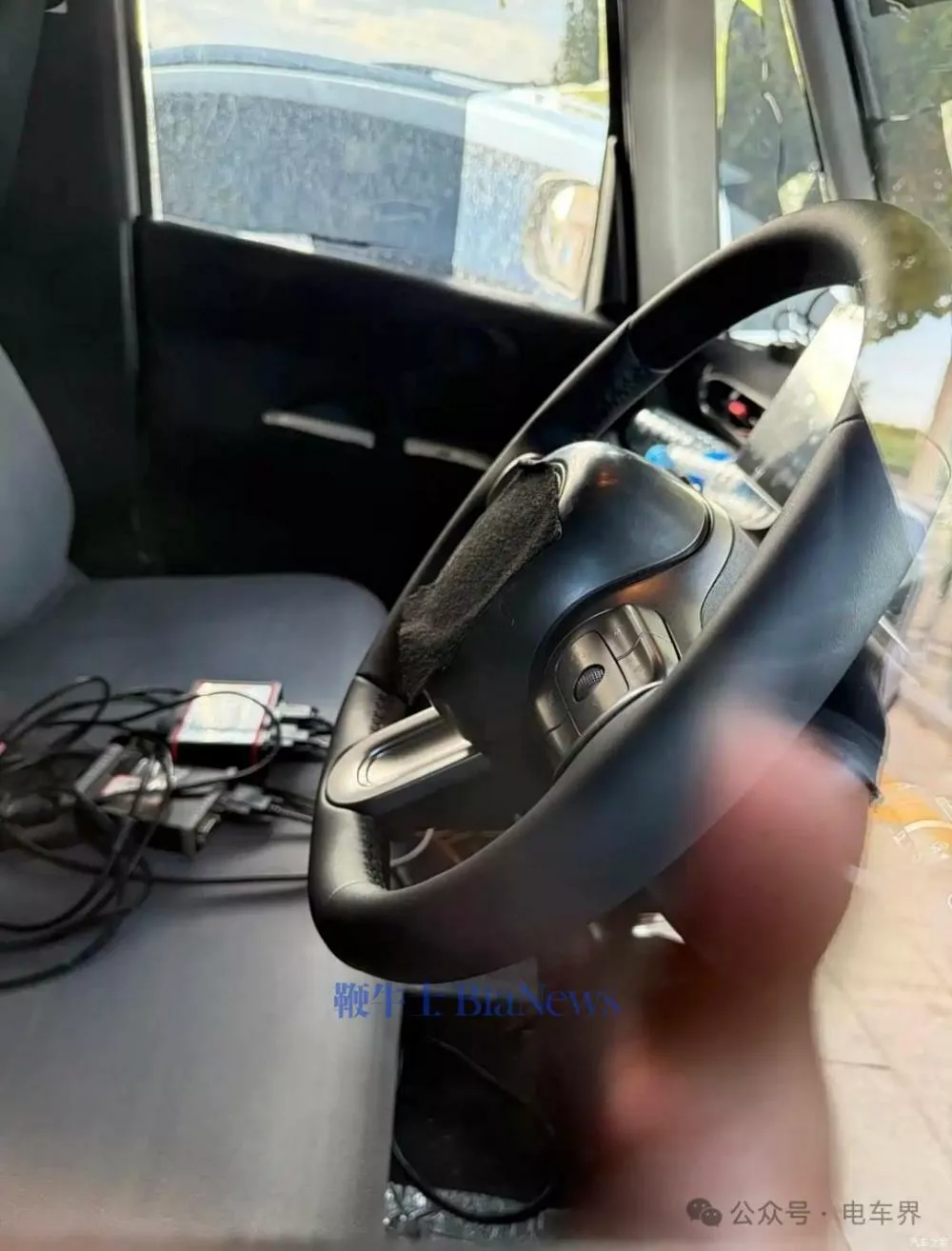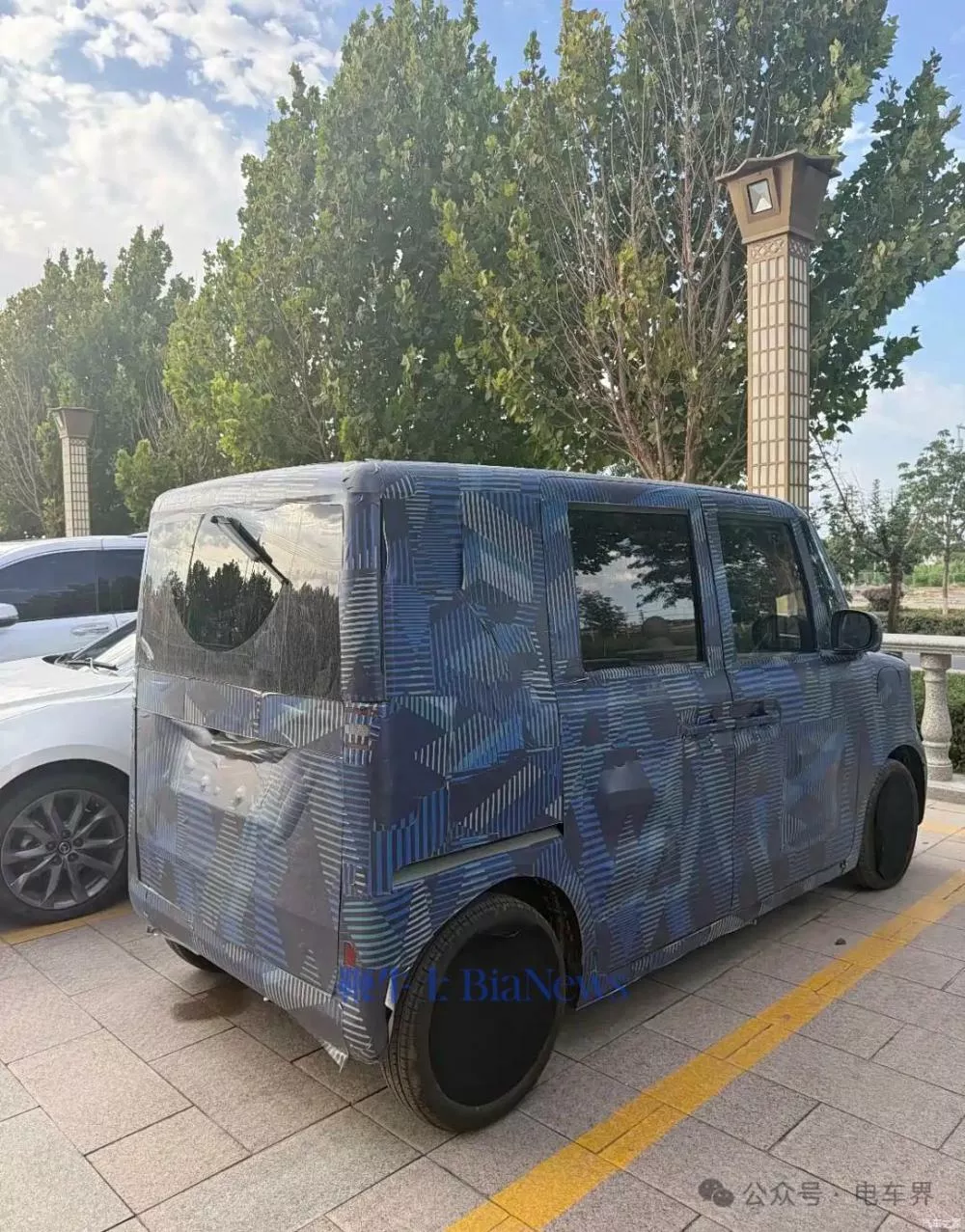Mini car, giant impact! The BYD Kei Car boasts a 180 km range and fast charging (100 kW). Discover the strategy redefining urban mobility in Japan.
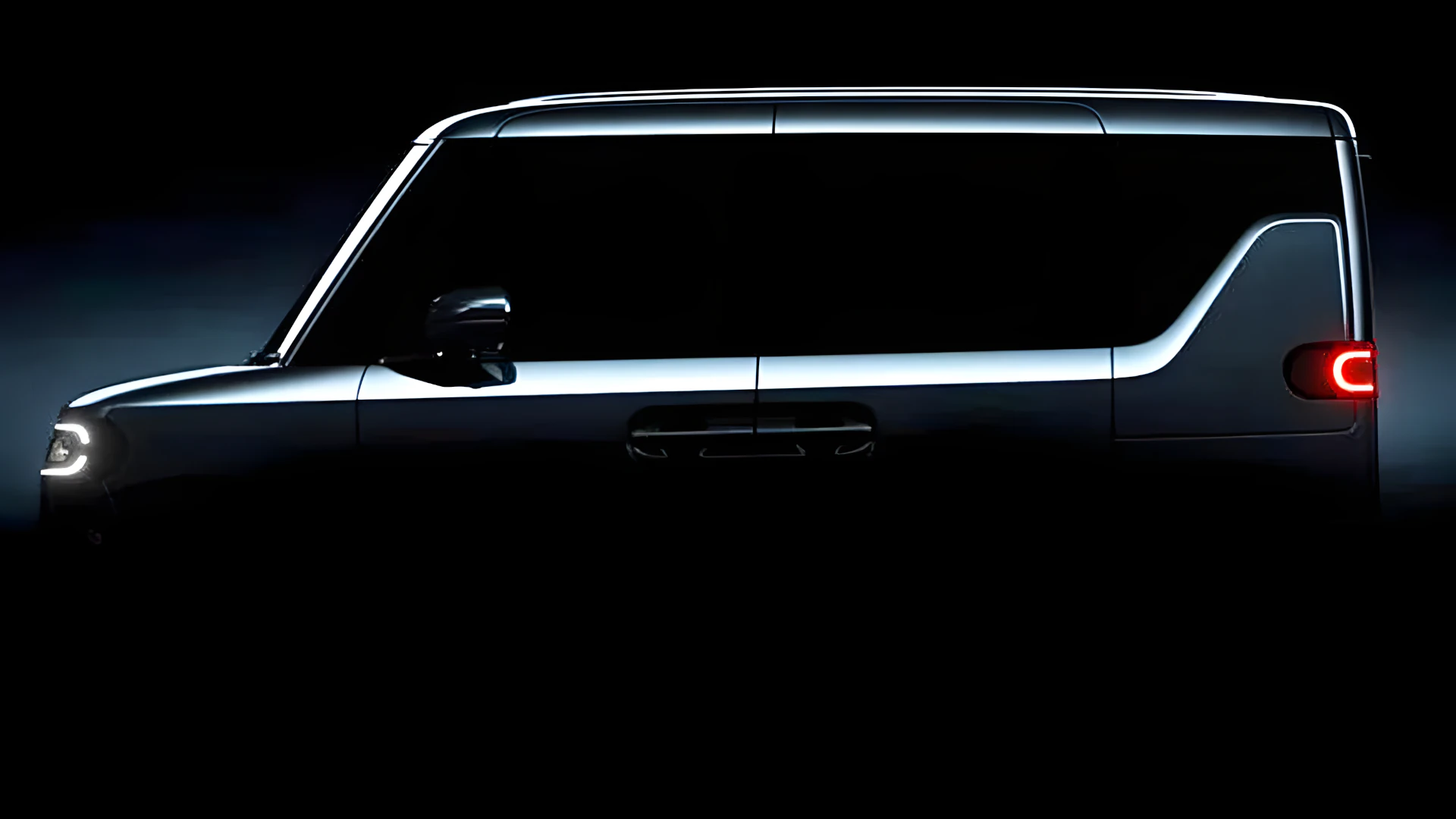
The Japanese automotive scene, renowned for its innovation and fierce protection of its market niches, is about to witness a bold move. The Chinese giant BYD, a brand shocking the market with its meteoric rise, is preparing to launch an electric car designed to shake things up—something no other foreign manufacturer has dared attempt in Japan: a Kei car.
The Silent Invasion: BYD in the Heart of the Japanese Market
In a move that defies expectations, BYD will unveil its first electric Kei category car during the next Tokyo Motor Show. Far from the spotlight of luxury SUVs or high-performance sports cars, BYD has chosen the humility and symbolism of the Kei car—an icon of Japanese roads since the post-war era—to make its statement. This is not just another launch; it is a strategic incursion into the most protected and domestically dominated segment in Japan.
The model’s teaser has already circulated, and from what can be seen, BYD embraces the classic, boxy proportions of Kei cars. With short overhangs, a high roof, and wheels positioned at the extreme corners, the design is optimized to maximize interior space, essential for such a compact vehicle. Rumors suggest it will feature sliding rear doors for extra practicality. Inside, a floating digital cluster and a larger infotainment screen promise modernity, while the double A-pillars aim to significantly improve driver visibility.
In terms of performance, the mini BYD will be equipped with a 20 kWh battery, offering an estimated range of 180 km (WLTC)—numbers perfectly suited for Japanese urban use. The inclusion of a heat pump for enhanced comfort and efficiency, along with support for fast charging up to 100 kW, highlight the seriousness of the project. For drivers looking to maximize their EV efficiency, simple tricks can make your electric car go 25% further.
Price and Strategy: Why This EV Causes a Global Tremor?
The estimated price of around ¥2.5 million (approximately US$17,000) positions BYD’s new electric Kei car as extremely competitive, promising to directly challenge rivals like the Nissan Sakura and the Mitsubishi eK X EV, even before government incentives are factored in. BYD’s entry into this niche is a watershed moment. This is not a generic adapted car, but a model built specifically for the Japanese market, where Kei cars are a unique and culturally rooted category.
BYD’s boldness can be compared to a foreign manufacturer launching a direct competitor to the Cadillac Escalade in the US for only $40,000—a direct affront to local hegemony. This reinforces the growing influence of Chinese manufacturers on the global stage. This launch will test the acceptance of Japanese consumers towards vehicles produced in China and, more importantly, will provide clues about the true extent of BYD’s global ambitions. Although this model is not expected to reach other markets, with sales in Japan commencing in 2026, its strategic impact is undeniable, potentially redefining the dynamics of urban mobility and the perception of foreign vehicles in one of the world’s most demanding automotive markets.
The future of mobility is constantly evolving, with companies seeking innovative solutions. While some cling to more traditional concepts, such as the Daihatsu Move, a smart Japanese Kei car, others, like BYD, are betting on technologies that promise to revolutionize charging, such as Rimac’s solid-state battery that recharges in 6.5 minutes. This foray by BYD marks another fascinating chapter in the history of the energy transition and global competition within the automotive sector.
